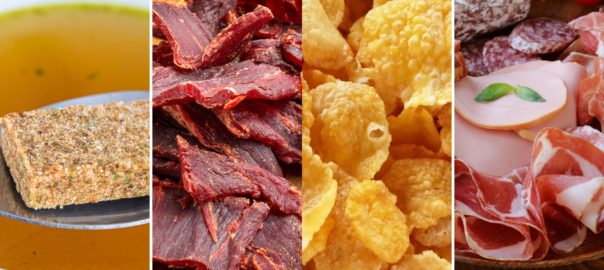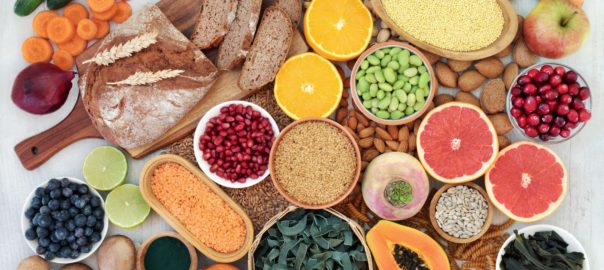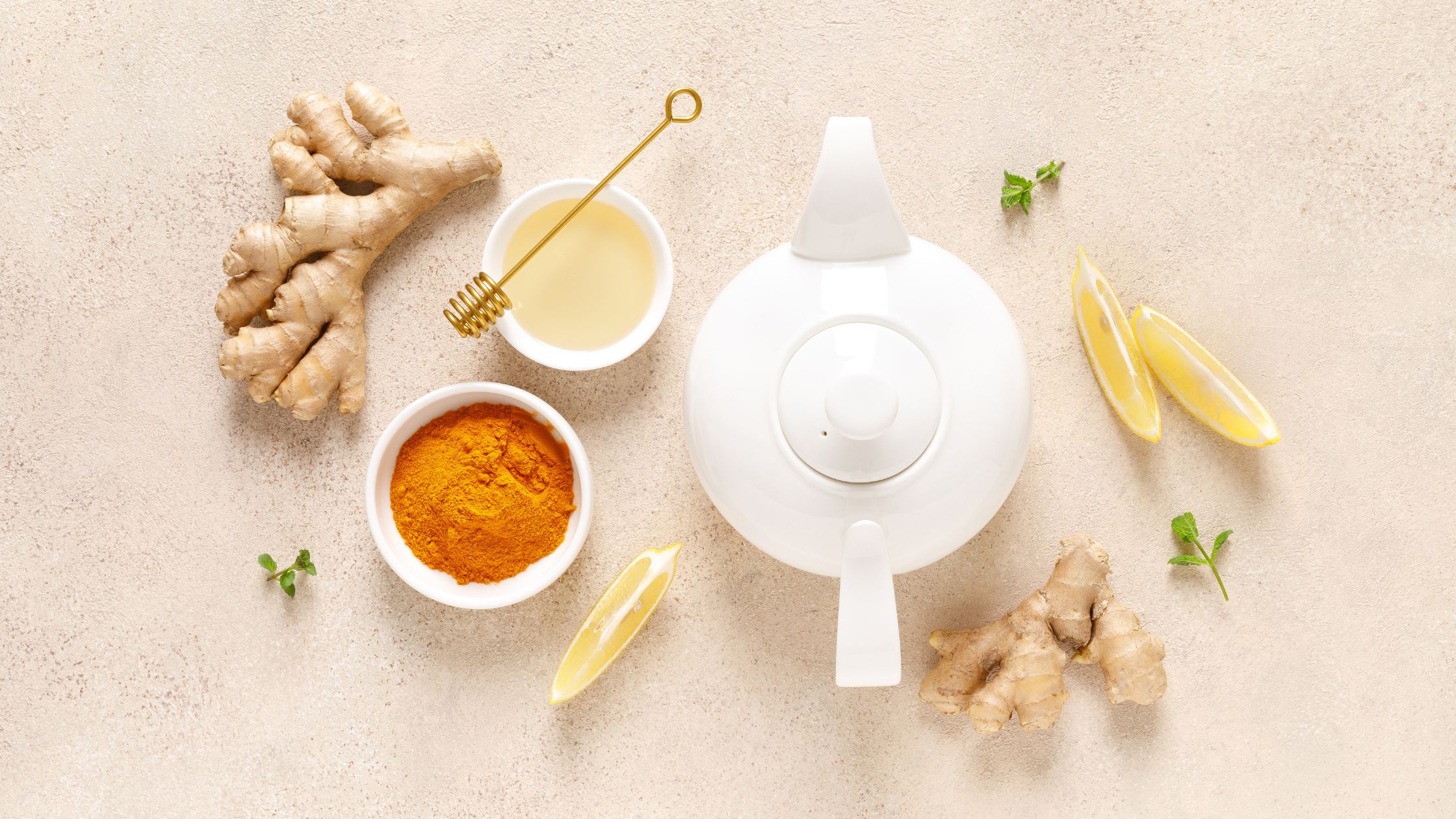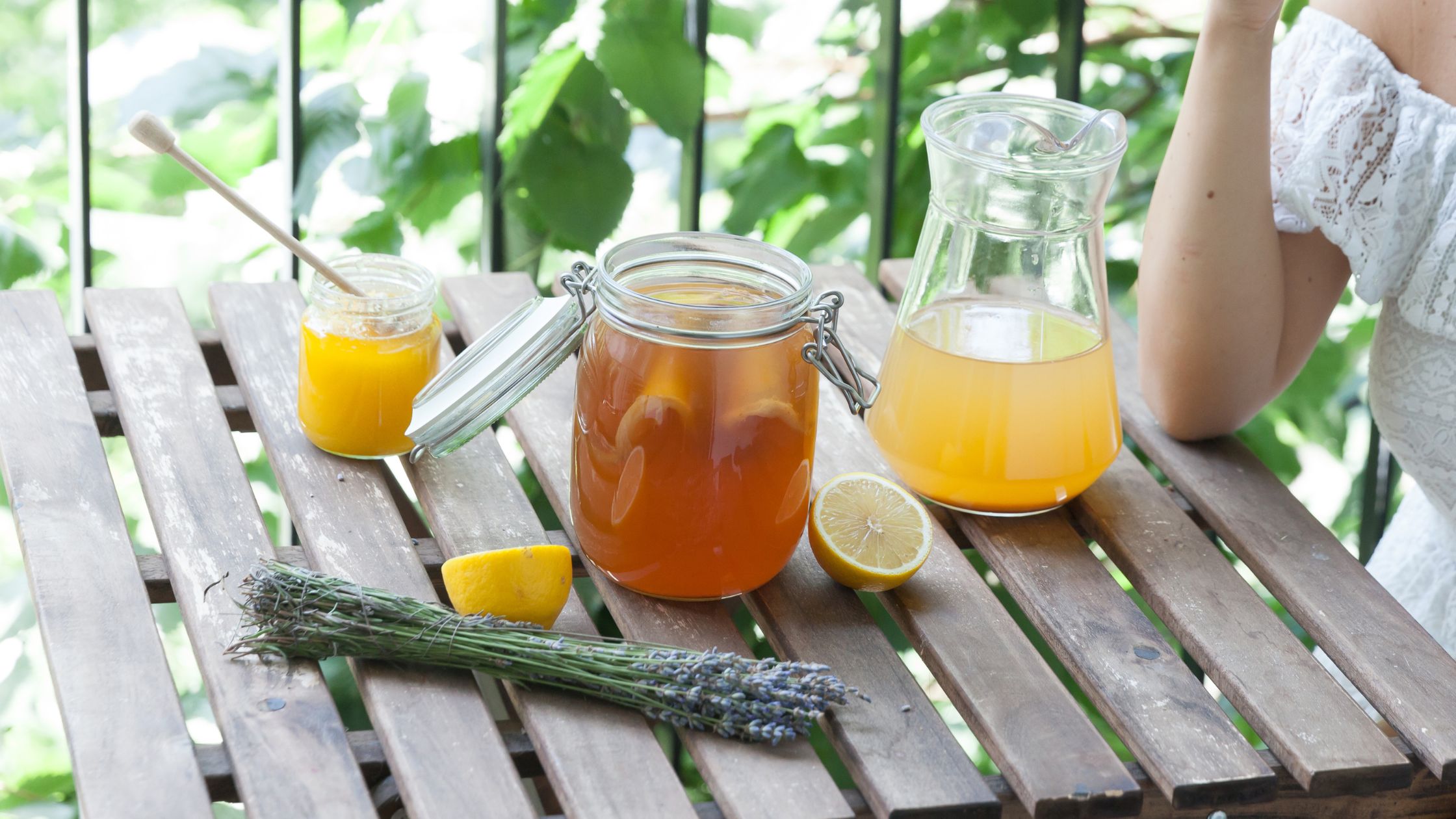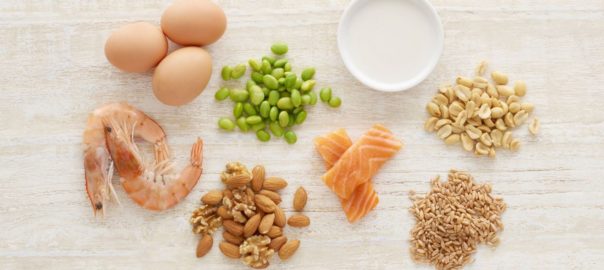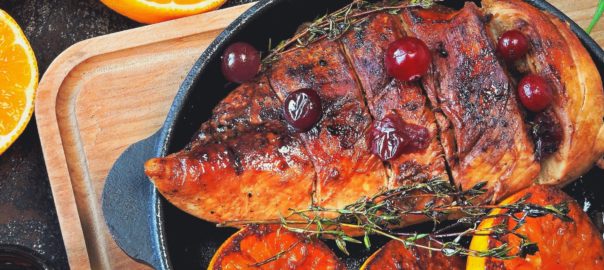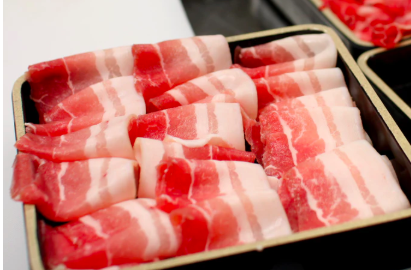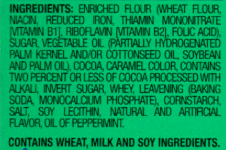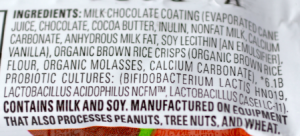If you're avoiding gluten in your diet you need to know these hidden sources that could potentially contain gluten.
Avoiding gluten
More people are avoiding gluten in their diet, you may be one of them.
Not everyone has celiac disease, but an increasing number of people are discovering they simply feel better when they remove gluten. Common symptoms of gluten sensitivity may include:
- bloating, diarrhea or constipation
- brain fog
- fatigue, especially after eating gluten-containing foods
- headaches or migraines
- joint or muscle pain
- nasal congestion or sinus issues
- rashes or other skin conditions like psoriasis
Although it can be challenging to determine exact which symptoms may be related to consuming gluten, eliminating it for 30 days can be helpful to see if there's an issue. If you're going to do this you'll want to be sure to read the labels in order to remove all sources of gluten.
Remember this
It can be difficult sometimes to remember which grains do and which grains don't have gluten. This simple mnemonic is an easy way to remember the gluten containing grains:
B-R-O-W-S
Barley
Rye
Oats (unless certified gluten free they can be contaminated
Wheat (includes faro, kamut, eincorn, and other types of wheat)
Spelt
Hidden sources of gluten
Because this list is pretty long it can be difficult to remove all sources at once. Although that would be great, it can be overwhelming to try to do it all at once. Make a list of the items on this list which are most likely to be a problem for you and one at a time find substitutions so you can get rid of the gluten.
Beef Jerky - Some flavors, especially those with teriyaki, contain soy sauce (see soy below)
Broth or soup stock – Packaged or powdered broths may have yeast extracts from barley or hydrolyzed wheat protein.
Cheeses – Any cheeses that are soaked in beer or which have a beer rind, unless otherwise marked, will be made with a wheat or barley beer. Blue cheese spores may come from a rye or wheat base. Shredded cheeses may be using flour to help them not stick together. Any soft cheeses that state modified food starch on the label, unless marked gluten free, probably contain gluten.
Corn or rice flakes or crisp cereals – Many of these can use malt which comes from barley.
Deli meats – You are allowed to ask to see the label on these. Watch out for wheat gluten, wheat dextrin, modified food starch, or soy products.
Energy and/or granola bars – These are often made with oats. Unless they are labeled gluten free there is a potential for cross contamination.
French fries – Unless they're fried in a separate fryer there will be cross contamination from other fried foods that are battered. Also restaurant or frozen french fries may contain wheat flour to help keep them from sticking to one another.
Hard cider, hard lemonade, wine coolers, or other adult alco-pop beverages – These are often made with malt, even the hard ciders.
Ice pops, dessert bars, and frozen fruit confections – The fruit only items (fruit juice, water, sweetener) are most likely gluten free. Others may use wheat starch, malt, or maltodextrin.
Licorice – Most licorice, unless specifically gluten free, uses wheat as the primary binding agent.
Marinades and BBQ sauces – Avoid any that have flour, malt, or soy.
Meat substitutes – Imitation meats may use vital wheat gluten. For those that list yeast extract as one of the ingredients, unless it's certified gluten free it may contain gluten. Seitan, a popular vegetarian meat substitute is made from wheat gluten.
Mustard – The thickener may be from wheat flour. If it simply says thickening agent or bulking agent and is not identified as gluten free, assume there's gluten in it.
Pickles – Malt vinegar is used for some types of pickles. The malt comes from barley.
Restaurant egg dishes – Eggs are gluten free, but not all egg dishes are. In some restaurants they add pancake batter to make their omelettes and scrambled eggs fluffier.
Salad dressings – These can be a prime source of gluten. Read the label and avoid the words flour, modified food starch, modified wheat starch, malt vinegar, and soy ingredients.
Sausage – Some sausages have bread or wheat gluten, especially the plant-based ones.
Seasoned rice – Especially for sushi, but any seasoned rice is a potential source of exposure from soy, wheat flour, or wheat starch.
Milkshakes – Malted milk uses barley to get the malt flavoring. Any cookie, brownie, or cake bits in a shake will also have gluten in them. Make sure the scoops that are used are fresh and have not been used for gluten-containing flavors.
Roux – Anything which claims to contain roux has gluten as this is a mix of flour and fat.
Soy, tamari, and teriyaki sauces – These sauces are traditionally made using fermented crushed wheat and soy. Traditionally made with fermented crushed wheat and soy in a salty brine with mold cultures.
Taco seasonings– Some brands may have wheat as part of the seasoning.
Vegan hot dogs – (see Meat Substitutes above) These may be made with wheat gluten as a binder and/or yeast extracts for flavor.
Veggie burgers – (see Meat Substitutes above) In addition to wheat gluten some of these may hae oat bran or oats. Unless clearly identified as gluten free these may be cross contaminated.
Vinegar – Malt vinegar uses barley. Flavored vinegars may also use barley. Distilled white vinegar can be made from a variety of starches. If you are, or suspect you are, highly sensitive you may want to avoid this.
In conclusion, gluten can be present in more than just bread, cake, and pasta. If you are someone who needs to avoid gluten it’s important to be aware of the different places where ingredients made from glutenous grains can hide. Make mindful changes, one step at a time.

